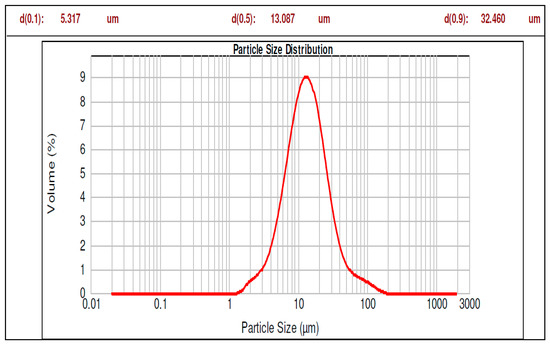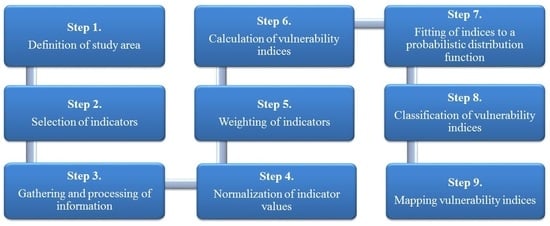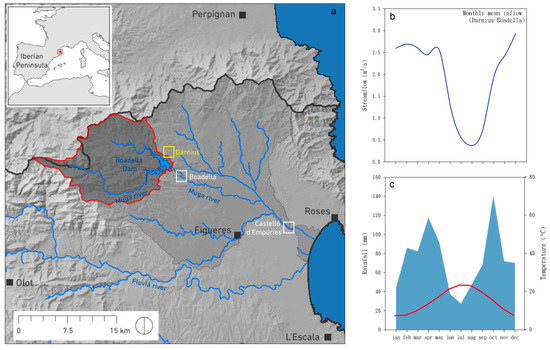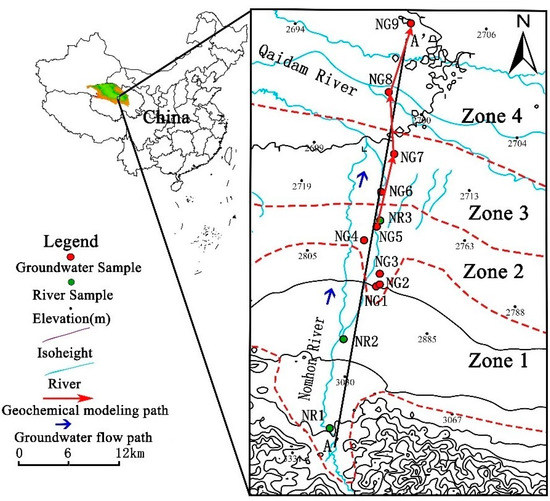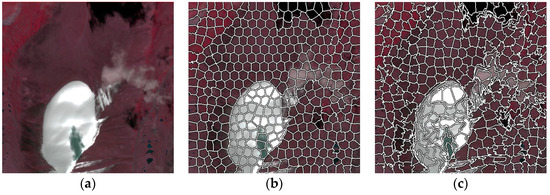Water 2018, 10(11), 1675; https://doi.org/10.3390/w10111675 - 16 Nov 2018
Cited by 26 | Viewed by 5853
Abstract
While real-time control (RTC) is considered an established means of performance improvement for existing urban drainage networks, practical applications are frequently only documented for large case studies, and many operators are still reluctant to adopt RTC into their own systems. The purpose of
[...] Read more.
While real-time control (RTC) is considered an established means of performance improvement for existing urban drainage networks, practical applications are frequently only documented for large case studies, and many operators are still reluctant to adopt RTC into their own systems. The purpose of the presented study is to highlight the potential of RTC also for smaller networks by the example of five representative catchments in Flanders, Belgium, and to demonstrate a novel methodology for the automated design of control strategies. This method analyses a given sewer network for the identification of suitable existing and new control locations. The gathered information is used in a second step for the design of control algorithms according to generic control concepts documented in the literature, such as e.g., “Equal Filling Degree”. The resulting RTC strategy uses sensible default parameters, and can form a starting point for further refinement through optimization or manual tuning. With a modelled total combined sewer overflow volume reduction of 20% to 50%, the created strategies showed generally good performance for the tested catchments. The method proved to be applicable for all tested networks. Its use for the real-life implementation of RTC is currently under way for 10 other Flemish cases.
Full article
(This article belongs to the Section Urban Water Management)
►
Show Figures



